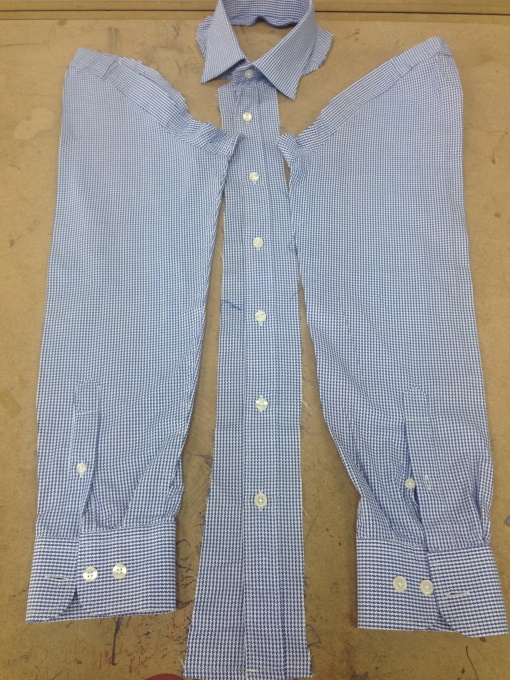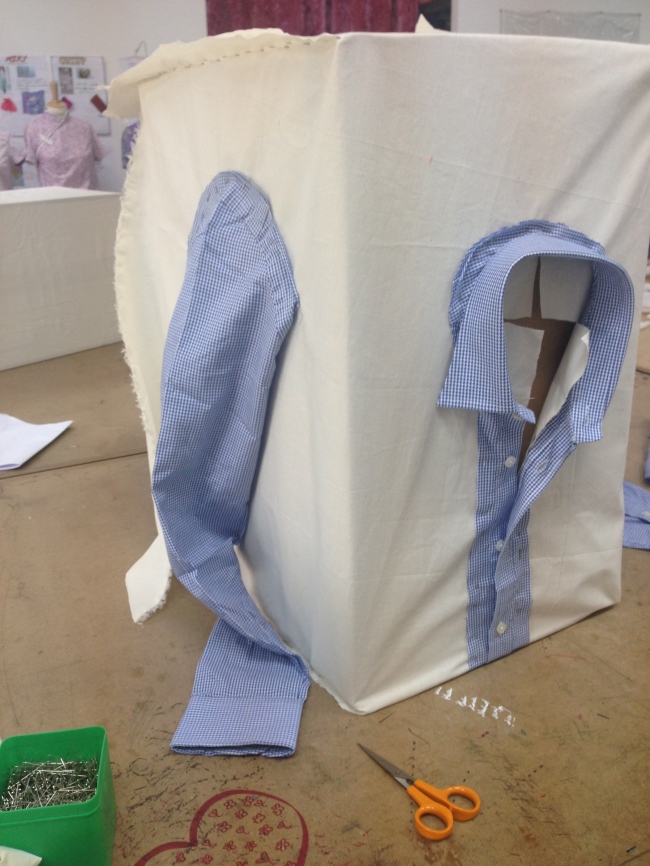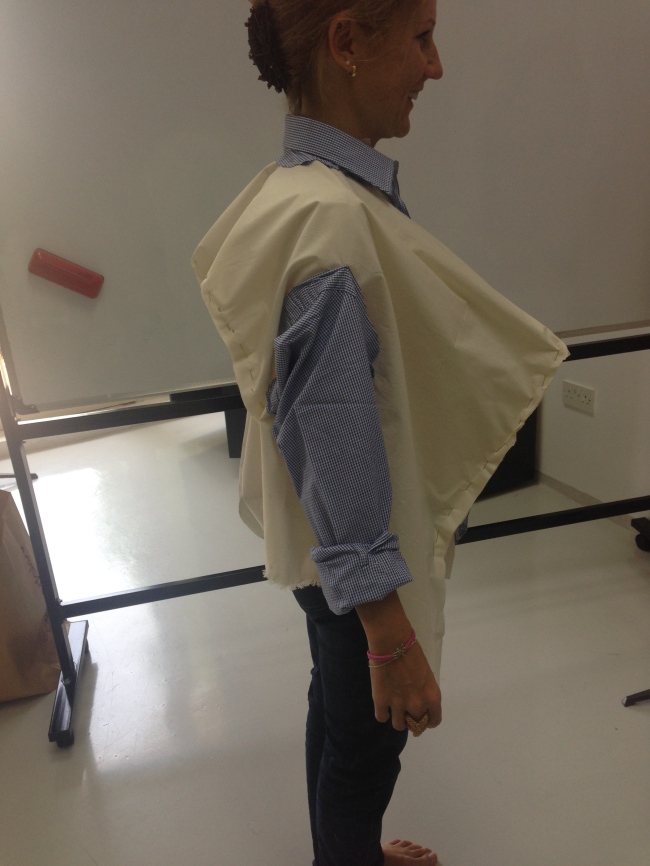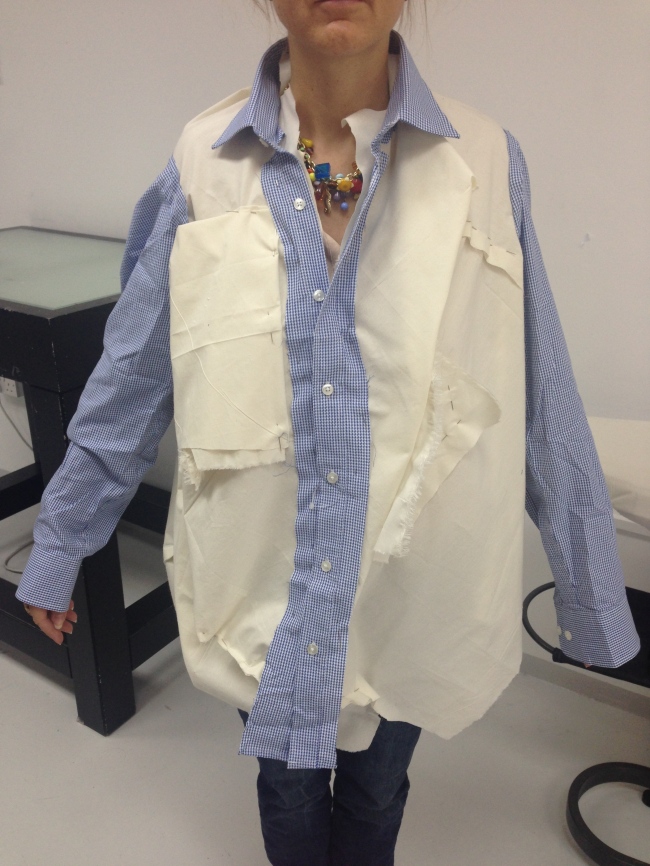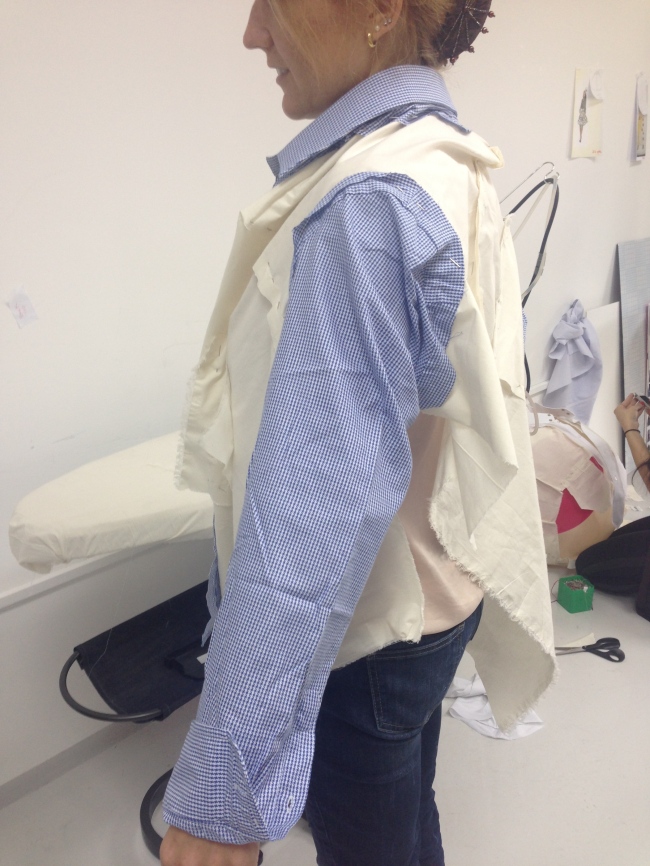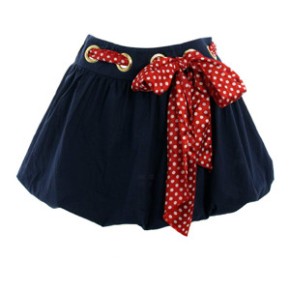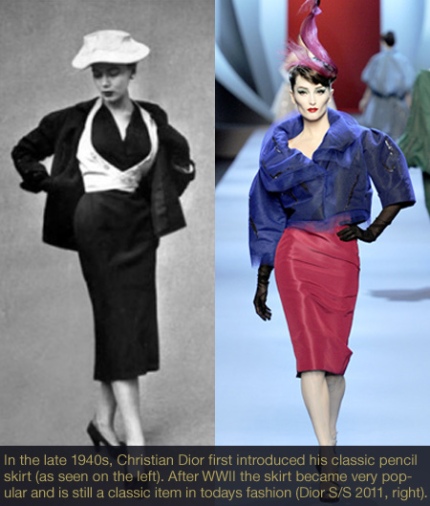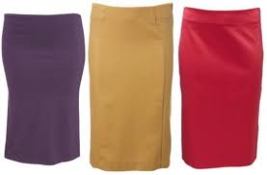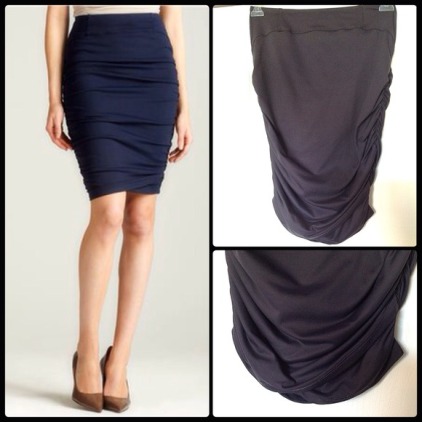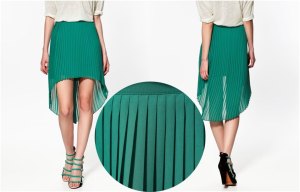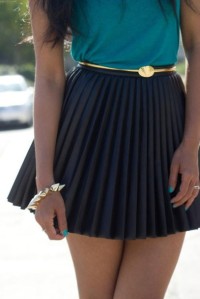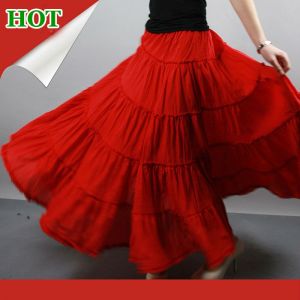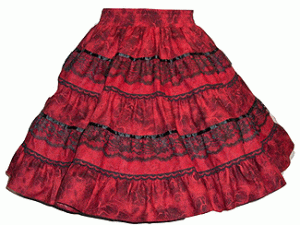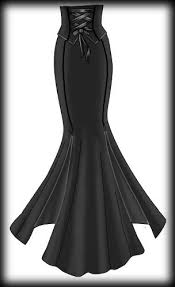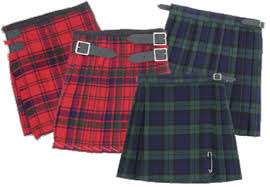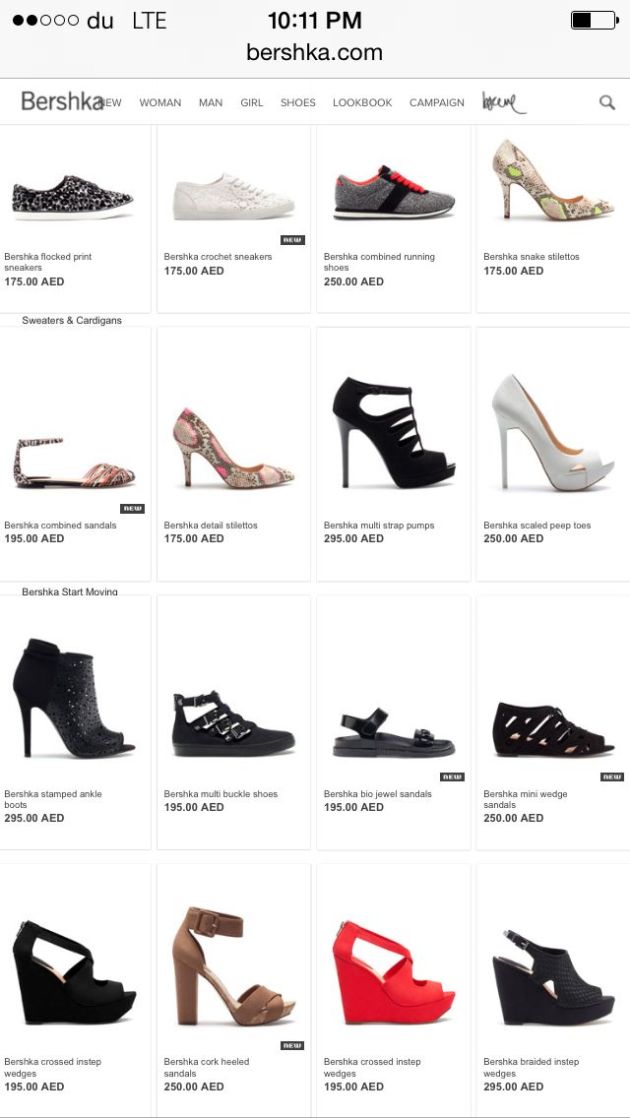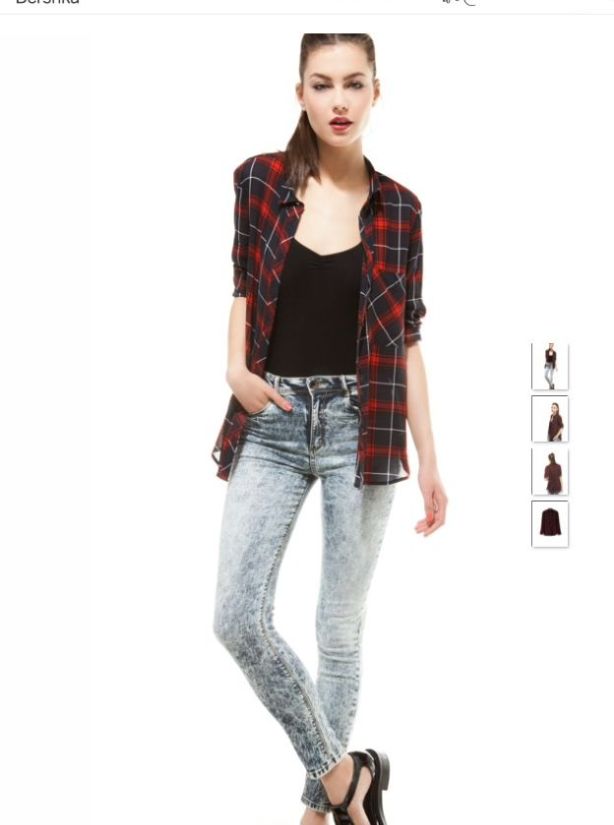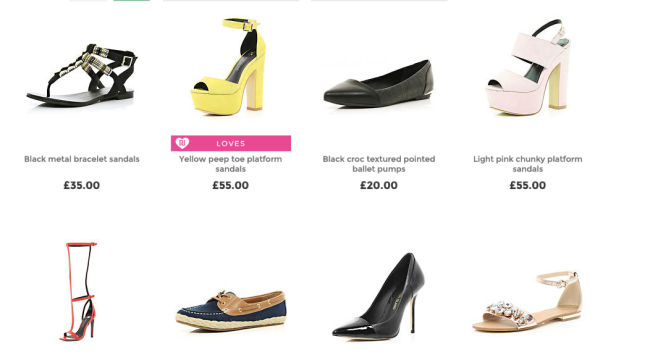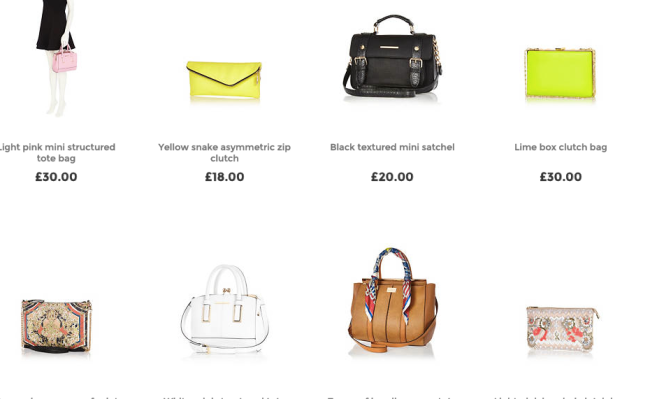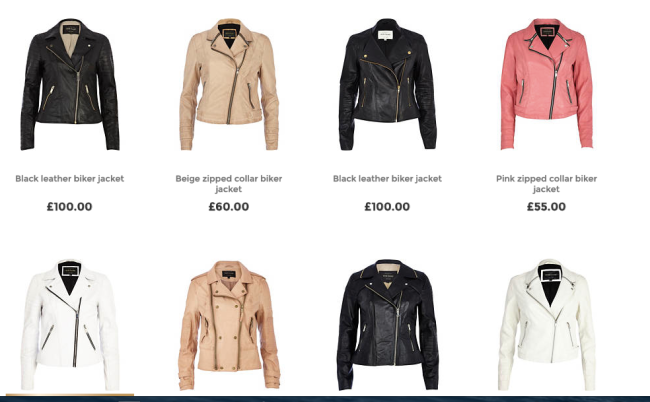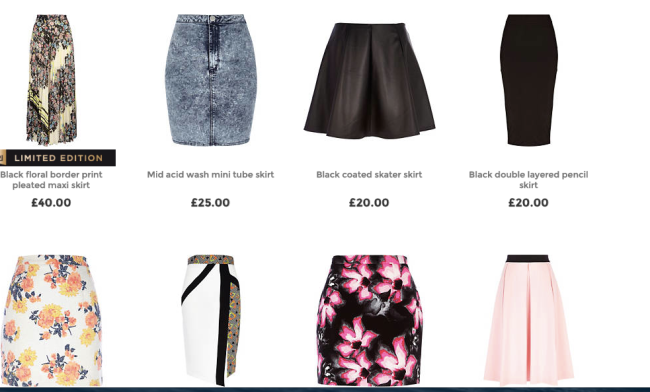Definition of skirt.
A skirt is a piece outer garment mostly worm by woman and girls fastened around the waist and hangs down around the legs,and not sown between the legs,its often wore by men too.
Point on history.
skirts dates back to 39th century BC. Excavations at Areni 1 Cave in Armenia’s Vayots Dzor region unearthed a more-than-5,900-year-old women’s straw-woven skirt.883-859bc in the babylonian period wrapped around the waist. an also dates to bc in Egypt.and in the 3rd century b.c in greece and Rome. it became only a women garment in europe except for scotland wearing kilts.
Skirts have been worn for centuries by both men and women from many cultures.for example “the sarong or sarung” meaning sheath in Indonesia and malay,which is a large length of fabric, often wrapped around the waist and worn by men and women. it is worn by the Malay,Indonesians,sri lanka,south east Asia,parts of the arabic peninsular (e.g Yemen,and called”izaa”) and parts of Africa (e.g Nigeria where men wear traditional prints called “ankara”and also velvet fabrics and also “georges” a type of thick jacquard fabric,usually worn under a shirt and a hat;and Sudan),the fabric is mostly woven plaid or checkered pattern,while the women wear surangs dyed in batik methods. “In Saudi Arabia, sarongs are known as izaar. Designs can be checkered or striped as well floral or arabesque, but double plaid (i.e., a vertical section of the izār with a different plaid pattern) designs from Indonesia are also very popular. In southwestern Saudi Arabia, tribal groups have their own style of unstitched izaar, which is locally weaved. This is also worn in northern Yemen. However, the tribal groups in Yemen each have their own design for their fūṭah, the latter of which may include tassels and fringes. It is thought that these tribal futah resemble the original izaar as worn on the Arabian Peninsula since pre-Islamic times such as the Shendyt. They are generally worn open and unstitched in such a way that the garment does not reach over one’s ankles. Other izaars, often imported from Bangladesh, are the traditional clothing of Arab fishermen of the Persian Gulf, the Indian Ocean and the Red Sea”(reference from wikipedia). and also kilts which are worn by the scotish and parts of ireland. The Duan Qun Miao, which literally meant “short skirt Miao” in Chinese where the earliest culture to have women wear the the miniskirt,they were so short part of the womans butt was visible.



16th century renaissance skirts
Pre-Hoop Era 1840-1855
In the 1840’s, Full skirts were supported by a vast array of petticoats.The natural waist could be slightly longer than natural, with points in front and behind. Most trimmings were applied in a manner that was wide at the shoulder, narrowing at the waist and then widening again at the hem of the skirt. This would accentuate the tightly laced waistline.

Hoop Era 1856-1869
In 1856, the cage crinoline was reinvented. The skirts which had previously reached maximum width were free to expand even farther. The hoop was round in shape, somewhat bustled behind. The skirts were made of straight widths of fabric pleated into a waistband.

in 1860, the front panel of the skirt is very slilghtly gored. Very quickly, the side panels of the skirt become gored also. Skirts will get narrower at the top every season, and the panels ever more gored.

By 1863, the hoops took on an eliptical shape, with the back fuller that the front. The skirts are often gored in the front and sides, the back are still straight breads of fabric.during the civil war hardship caused a decline in the amount of fabric and trimming used until excessive flounces became fewer and finally disappeared.

In 1865 skirt widths began to deminish at the hips, all the panels gored to almost fit the waist, leaving a conical shaped skirt. 1867 saw a reduction in skirt size all together. The skirts were often looped up for walking, showing a pretty petticoat, leading to the introduction of the overskirt. In 1868, skirt backs were once again cut in straight breadths, and by 1869, the hoop is replaced with the bustle.
Early bustle 1869-1876
In 1865 skirt widths began to deminish at the hips, all the panels gored to almost fit the waist, leaving a conical shaped skirt. 1867 saw a reduction in skirt size all together. The skirts were often looped up for walking, showing a pretty petticoat, leading to the introduction of the overskirt. In 1868, skirt backs were once again cut in straight breadths, and by 1869, the hoop is replaced with the bustle.The horizontal look of earlier was giving way to ever more vertical lines. A tall, slim figure was considered fashionable. Skirts that clung to the legs (scandalous) known as tie-back skirts were all the rage. These skirts had tie strings inside to hold the front close to the legs, leaving the back free to flow into a train.

Colors and textures were mixed into complicated creations of skirts, swags, and drapes. The main focus is on the skirts, with simpler trimms on the bodice. Almost every dress is trained, sometimes even walking dresses. Asymetrical skirts are all the rage, and trims and swags are put on high on one side and low on the other.By 1880, the skirts are very slim and the train begins to disapear. “Pannier” drapes at the hips are all the rage in France, adding fullnes to the figure.

early form 1877-1882
In 1883, the bustle came back with a vengance. The skirts remained slim in front and sides, but the back ballooned out over a bustle framework.
The line was still vertical, but the bodice shortened back up to above the hip atthe sides. Beadwork and braid forming motifs begin to cover the flat portions of garments.The back draperies are usually lifted high into poufs. All skirts are floor length except very formal wear. Soon, poufs, swags and drapes became an art form in itself. As the drapery became more complicated, the amount of trimmings declined, as there were fewer flat places to put them.

EDWARDIAN 1900-1909
After the turn of the century, The skirts became ever more flaired at the hem. The masculine tailored look gave way to a look of ultimate feminity. (Aparently the men became overly intimidated by the women’s imancipation movement of the previous dacade and women were striving to set them at ease.) The waist line dipped in front to help accentuate the “S” curve provided by the new corset shape.The skirts started to expand slowly. Tucking, inserts, and lace abounded to make soft and flowing dresses. The hems often puddled on the floor.
1906 saw the skirts at thier widest. Soon after, they began to narrow again.
By 1909, the hobble skirt was all the rage.

1920s
skirts during the twenties went from the vogue thing to wear to out of fashion by the mid 20′s. Women worn them around the house, to visit friends, traveling, and running into town. They were not formal enough for afternoon and evening wear. Skirts were part of the “sporty” look movement. Indeed skirts played a big roll in many sport uniforms from golf to tennis, field hockey to bowling. For the every day woman, the sporty skirt paired with a blouse or sweater was her way of dressing for leisure.
Skirts of the late teens and early twenties were in the shape of the hobble skirt, although not quite so restrictive. In 1920 skirt lengths went to the ankle with a slight bow around the hips and then tapering to the hemline. Wool brown, blue or black and plaid skirts were in every woman’s wardrobe. By 1922 skirts came off the ankle and up to mid shin (the first midi skirt?) and flared out creating a slight A-line shape. For summer, skirts took on brighter colors in flannel wool and pastel satins. Stripes and checks found their way into skirts too,By 1924 skirts fell back to the floor and lost any shaping they had. Rectangle tubes of wrap over skirts and pleated column skirts were in.
1930.
1930s skirts are hard to come by today- even new 1930′s style skirts can be hard to find. The defining characteristic of 30′s skirts is the length (to mid shin.) Skirts were long columns with a slight pencil shape silhouette. These could also be pleated all around or A-line and shorter during the late 30′s. Plaids, beige, white, and blues were very popular colors.
1940
skirts fell to just below the knee and a A-line shape. Solid colors with no pockets or other details kept them simple during war times. Later skirts grew wider with more “swing” to them or tighter similar to the pencil shape. Young girls loved the jumper skirt- an A-line skirt with shoulder straps.1940′s style skirts are some of the most comfortable, feminine and flattering skirts you can wear today.
1940′s skirts were simple styles. War rating and restrictions in 1941-44 put a band on frills and ruffles popular on 1930′s skirts. To save on fabric, hemlines rose to just below the knee. Hems could be no more than 2 inches wide. Thin belts had to stay in place without belt loops too. Pockets were also not allowed. Fabrics were generally wool and rayon blends for both summer and winter.
Although the width was limited to a 78 inch sweep, skirts generally were made with much less fabric. The silhouette was a boxy A-line. Placed at the natural waist and hung smooth over the hips with a slight flare at the hem, skirts were wide enough to move in but never very full or very tight. Kick pleats were added to the back of some tighter skirts to make movement easier. While pleats were not banned in the early years they certainly were not popular.
After 1947, Dior’s ‘New Look’ started to exaggerate women’s fashion and the 40′s skirt took on even more volume


1950
The New Look shape of 1947 carried over into the skirts worn in the ‘50s. They were tight at the natural waist and were either very full or very fitted. 1950s skirts top the cake when in comes to classic vintage fashion. From charming circle skirts to poodle skirts to flattering pencil skirts. The fuller the skirt the better in the 1950′s! With the aid of multiple layers of stiff petticoats and a hoop skirt, 50′s skirts were as voluminous as the wearer could make them. The skirt was at least 4 or 5 yards of fabric draped using a few different techniques. These skirts usually start with a 3 inch wide waistband at just above the natural waist. The band fasted on the side or back with a zipper and button. In order to get the most fullness with the neatest gathers, the fabric of choice was cotton broadcloth in a range of pastel solid colors (pink, lavender, turquoise) or big plaids. This is what most women wore on a daily basis. To be really in fashion, the skirt had to be made out of wool. Extremely heavy and difficult to keep full even with hoops AND petticoat underneath, they were only for the bravest of women or those willing to wear them without a stiff petticoat.

1960s
this was the beginning of the reign of the mini skirt. andres courreges and pierre cardin invented the mini skirt. The miniskirt is widely associated with Mary Quant, who had a boutique, Bazaar, in Kings Road, Chelsea, London. In the late 1950s Quant began experimenting with shorter skirts, culminating in the creation of the miniskirt in 1964—one of the defining fashions of the decade. Quant named the miniskirt after her favourite make of car,the mini
1970
During the mid-1970s, the fashion industry largely returned to longer skirts such as the midi and the maxi,with prints and very flowey from the hips and also denim was in fashion.
1980-1990
this was the punk period.In spring of 1982, short skirts began to re-emerge, notably in the form of “rah-rahs”, which were modeled on those worn by female cheerleaders at sporting and other events. In the mid-1980s the “puffball” skirt enjoyed short term popularity, being worn by, among others, the Princess of Wales and singers Pepsi and Shirlie.[19] Many women began to incorporate the miniskirt into their business attire, a trend which grew during the remainder of the century.
references:wikipedia,truly victorian and vintage dancer.
press review.
Hobble skirt:bubble an straight at the bottom,made out of taffeta.




